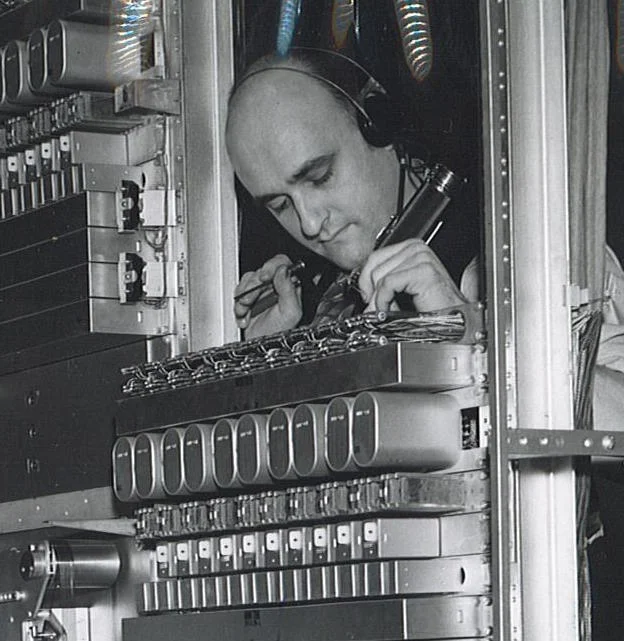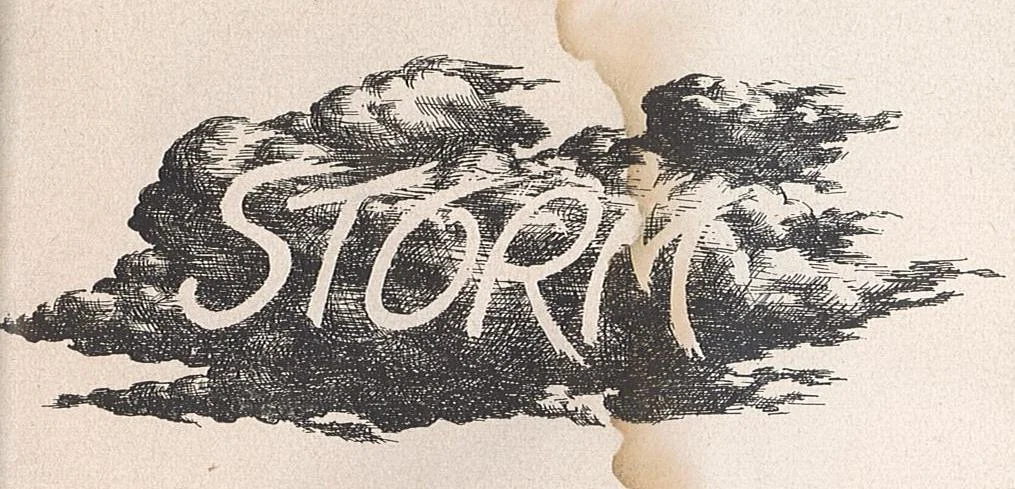Ask an Expert: How Snow Days Happen
Three of four beings in this picture celebrate a snow day. Copyright University Corporation for Atmospheric Research (UCAR). By Carlye Calvin, licensed under a Creative Commons Attribution-NonCommercial 4.0 International (CC BY-NC 4.0) License, via OpenSky.
While kids delight when the snow brings a unexpected day off, it's a more complicated matter for grown ups. I've always wondered how school officials decide when to cancel school. So I asked an expert.
Dr. Gina Eosco is a risk communication expert who provides social science support to NOAA. She has conducted interviews, focus groups, and winter weather simulations with dozens of school leaders, emergency managers, and state department of transportation officials from around the United States. She currently works for Cherokee National Strategic Programs, and has previously worked for Environmental Research Group (ERG) and the American Meteorological Society’s Policy Program.
The full text of our interview was published on the Weather Underground, thanks to Bob Henson. Excerpts appear here with that site's permission.
Roger Turner: What kinds of weather conditions worry school officials the most?
Gina Eosco: Depends where the school is. For southern states, a flake in the forecast is enough to close school. Southern states simply do not have the infrastructure nor the resources to salt or sand roads. As a consequence, there is a risk (of accident and injury) to students who walk to school and those who ride buses.
Northern states experience winter weather more often and therefore have more in the way of resources and infrastructure. These schools (depending on size) often do not close for snow. Rather, they close for extreme cold and wind chills. Imagine a student waiting for a bus or walking to school in -20°F temperatures. Snow by itself won't harm students, but the cold may. I should add that in northeastern states, the infrastructure such as trains and subways is very sensitive to snow amounts. For these states, snowfall amounts can play a more influential role in whether to stay open or close.
Wind chill and extreme low temperatures most worry school officials in northern states. Copyright University Corporation for Atmospheric Research (UCAR), licensed under a Creative Commons Attribution-NonCommercial 4.0 International (CC BY-NC 4.0) License, via OpenSky.
Turner: Where do local officials usually get their weather forecasts from?
Eosco: For emergency managers, the National Weather Service is almost always mentioned, as well as a private weather industry consultant. For schools, it was a little more complex. Schools use and value the local NWS forecast, and they also value their relationship with a local NWS office. However, parents are a key audience for schools, and parents may get their information from social media, local TV stations, cellphone apps, etc. As soon as one parent hears that Station A is forecasting 12 inches of snow, the parent wants to know why the schools aren't making the decision to close...now. For superintendents, social pressure or the parental perception of the forecast weighs heavily on their decisions.
Turner: Your previous research has helped meteorologists better communicate uncertainty in hurricane forecasts. How does your work with local officials compare?
Eosco: ... When I ask local officials to characterize their uncertainty needs, the conversation almost immediately turns into this statement, "We want to know how confident the forecaster feels." ...
Local officials also emphasize that the forecaster's voice is one of the best metrics to understand how confident a forecast is. I have found this across many hazard areas, not just winter weather. Local officials form trusted relationships with their NWS forecasters, and these officials know by the sound of a forecaster's voice how confident they are.
Gina Eosco notes: "When the snow falls is critical," to a closing decision. "Can DOTs and public works clear the roads in time? What about the sidewalks? ... How other local and state agencies (e.g., Departments of Transportation) respond is important too." Photo copyright University Corporation for Atmospheric Research (UCAR). By Carlye Calvin, licensed under a Creative Commons Attribution-NonCommercial 4.0 International (CC BY-NC 4.0) License, via OpenSky.
Read the full interview at the Weather Underground.








